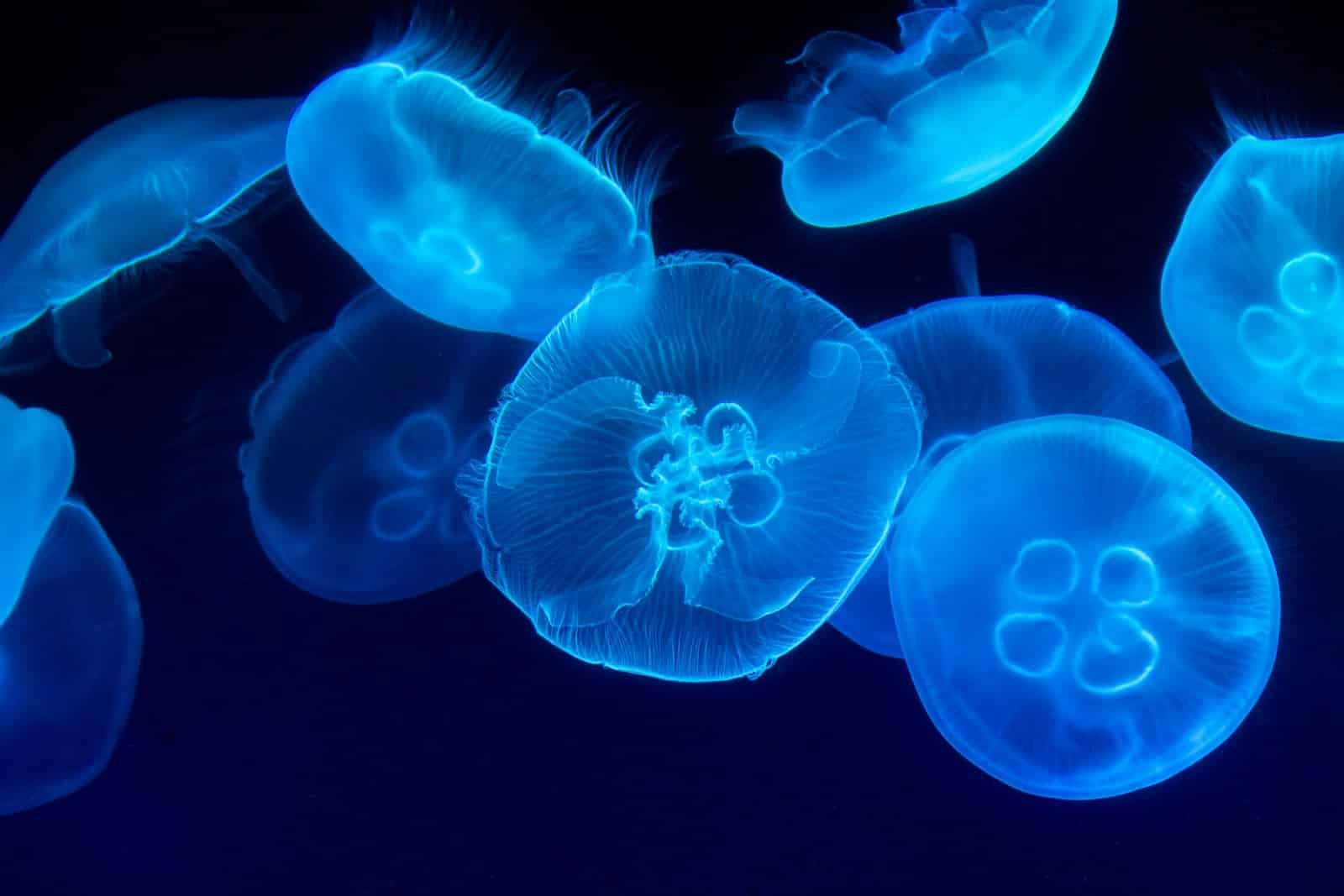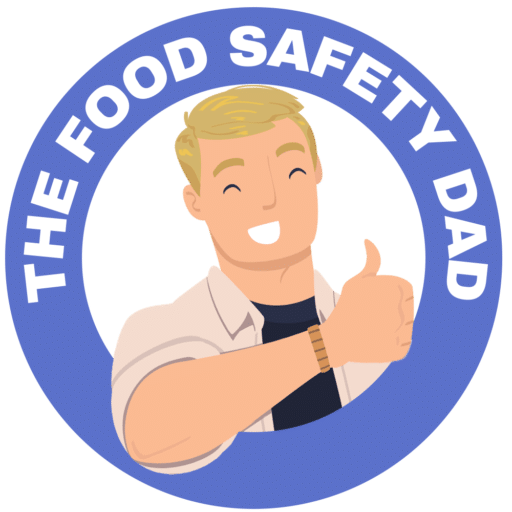When you hear the word “jellyfish,” you might envision a serene yet untouchable creature of the sea, not an item on your dinner plate. However, these gelatinous beings are more than just a mesmerizing sight in the ocean; they are a source of intrigue in the culinary world. The burning question that might come to your mind: Can you actually eat jellyfish? The answer is a resounding yes, but there’s much to know before you consider adding this marine delicacy to your diet.
Far from being a novelty, jellyfish have been consumed for centuries, particularly in Asian countries such as China, Japan, and Korea. In these cultures, jellyfish are treasured for their unique texture and are often served as a cold dish or integrated into salads after being processed to a crisp, crunchy state. The flavor profile of jellyfish is notably subtle, which allows it to absorb the flavors of accompanying sauces and seasonings.
Nutritionally speaking, jellyfish could be seen as a low-calorie seafood option, containing a mix of protein, vitamin B12, and minerals like phosphorus and iron. Moreover, their high collagen content may be beneficial for skin and joint health. The nutritional value, however, is not uniform across all species and preparations, and it is generally lower in protein compared to other seafood.
When it comes to food safety, especially with unconventional foods like jellyfish, caution is key. The potential for toxins, particularly from jellyfish harvested from polluted waters, is a serious consideration. To mitigate these risks, it is crucial to source jellyfish from reliable suppliers who follow stringent safety protocols.
The CDC provides comprehensive guidelines on the safe handling and consumption of seafood, which include recommendations on purchasing from reputable sources and proper storage and cooking methods to reduce the risk of foodborne illness. For more information on seafood safety, please refer to the CDC’s resources at CDC Seafood Safety.
Meanwhile, the FDA offers additional guidance on selecting and serving fresh and frozen seafood safely, accessible at FDA Seafood Guidance.
Jellyfish preparation is an art in itself, involving a meticulous process that transforms the creature’s natural state into something palatable and enjoyable. The initial step is a thorough cleaning, followed by a prolonged soaking period to remove salts and potential toxins. This process can take several hours or even days, and it’s essential for achieving the proper texture.
After the desalting process, the jellyfish can be sliced thinly and seasoned or mixed with other ingredients to create a dish with a satisfying crunch. Asian recipes often pair jellyfish with a tangy or savory dressing, combining it with vegetables and sometimes meat for a balanced flavor profile.
If you’re looking to purchase jellyfish, you’ll likely find it in Asian markets or specialty seafood stores, available in dried or pre-prepared forms. Ensure that the product has clear preparation instructions and comes from a trusted source. Store dried jellyfish in a cool, dry place, and if it’s pre-prepared, keep it refrigerated and adhere to the recommended use-by date.
In conclusion, jellyfish present an intriguing option for those looking to expand their culinary horizons. As we face the challenges of overfishing and seek sustainable alternatives, jellyfish might just swim into the spotlight as an eco-friendly choice.
For those willing to taste the unique texture and flavors that jellyfish offer, remember to prioritize safety by following CDC and FDA guidelines, and always source from reputable suppliers. Whether jellyfish becomes a novel treat or a regular part of your diet, it’s a testament to the ocean’s rich and varied bounty – one that promises both adventure and caution in every bite.


